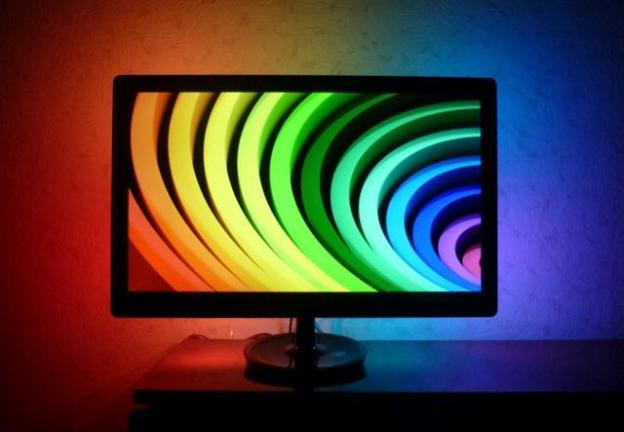
If you’re reading this article, it’s likely that you spend more than half your day focused on some kind of screen – be it a computer, smartphone, tablet, or camera. All that staring, no matter how fine the pixels are, can be tiresome on the eyes. Which is why Woodenshark has decided to build a backlighting system to extend your screen’s colors onto the walls, providing a softer way to ease your eyes into the display.
If the idea sounds familiar, it’s because it’s Woodenshark isn’t the first company to coin the system. In 2002, Philips unveiled a line of television that featured an “Ambilight” screen that essentially does the same colorful expansion. Unfortunately, Philips is not exactly a leader in the home television market, and the line never quite took off. Instead, others, like Woodenshark, have adopted the tech by making it separate from the TV, thus allowing the system to be attached onto any display.

Once set up, the user can also control the LED lights from their mobile device. Outside of its lightshow capabilities, Lightpack can be customized to send colorful alerts based on various hardware and Web notifications – such as blue glows for new Facebook messages, red for overheating CPU levels, or yellow for unread e-mails. Since the software that comes with is open-source, users can dabble with programming their own alerts as well.
Help fund Lightpack on Kickstarter and you can own the system for $80 – $10 bucks off the suggested retail price of $90. Woodenshark expects to ship these home theater accessories in July – just in time for blockbuster season.


